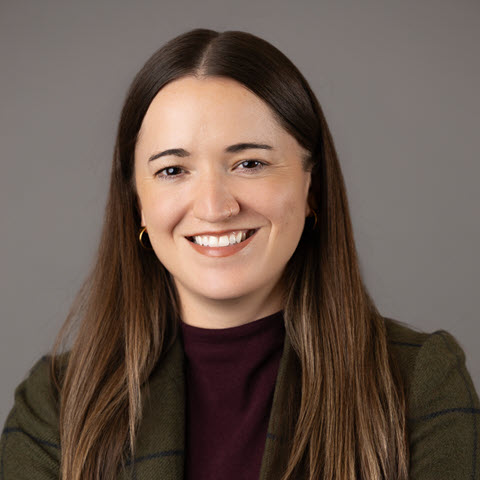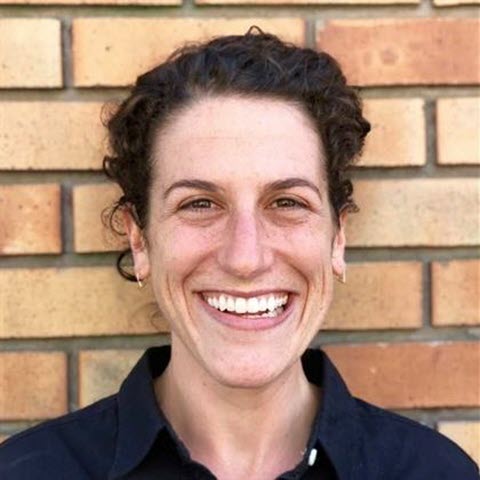Water pipes fracture and leak as they degrade over time. And utilities lose water supply and potential revenue through leaking infrastructure.
A new report by the National Wildlife Federation and Texas Living Waters Project, Hidden Reservoirs: Addressing Water Loss in Texas (PDF), estimates that Texas utilities lose 572,000 acre-feet of water per year, or 51 gallons per day, through leakage.
When planning for future water supply, water loss mitigation strategies are more cost-effective than adding new water sources. And unlike water conservation programs, supply-side conservation won’t decrease utility revenue. Water utilities aren’t decoupled like many electric and gas utilities. The amount of water they sell directly affects their revenue.
By investing in water loss control, utilities can increase revenue by capturing lost water and delivering it to customers. And by recovering leakage, they can save money by deferring the need to identify extra water supply resources. The Hidden Reservoirs report explained that Texas utilities could meet state water needs for the next decade through savings from water loss mitigation alone.
To prove the value of water loss mitigation, utilities need to measure the true cost of their existing water losses. But it can be challenging to accurately measure a system’s water loss and choose the best mitigation strategies.
How E Source helped San Antonio understand and address water loss
E Source Water Loss Consulting provides utilities with water loss assessment and recovery services. We use detailed data analysis and review to understand the accuracy of a utility’s water loss reporting. Then we help our clients identify the best intervention strategies to recover water loss and realize savings.
E Source was part of one of the featured case studies in the Hidden Reservoirs report. We helped the San Antonio Water System (SAWS) improve its water loss reporting and go after leaks in its system.
The problem: Wrangling data from complex sources
The SAWS water system is complex. On the supply side, the utility manages many different water sources with over 100 meters that track water going into the distribution system. On the customer side of the system, SAWS delivers water to over 800,000 endpoints.
To report on water loss for the system, the utility compares all the sources of supply to all known system use. SAWS needs all of this data to be reliable for its water loss metrics to be accurate.
The solution: Better data reporting and meter accuracy
SAWS worked with E Source to conduct a detailed review of its water audit compilation practices and water loss control strategies. E Source helped SAWS invest in data improvements to increase the accuracy of the utility’s water loss reporting. E Source also improved SAWS’s meter testing and leak detection practices.
The team started by focusing on the accuracy of customer meters and launched a renewed customer meter testing program. This program pulls a sample of customer meters at regular intervals to better understand meter accuracy and to quantify the “apparent losses,” or missed registration at the meter. The water audit proved that there was an opportunity for SAWS to invest in leakage recovery activities.
In 2015, SAWS initiated one of the most extensive proactive leak detection programs in the country. The utility surveyed its entire distribution system twice over four years. With the support of funding from Edwards Aquifer Authority, SAWS was able to accelerate the identification and repair of hundreds of previously hidden leaks, saving approximately 13,000 acre-feet.
In such a complex system, water loss has become a bridge between many departments. Water resources, operations, billing, and conservation staff are all involved in the process to continually improve reporting practices and efficiency. E Source continues to work alongside SAWS staff to prioritize next steps and elevate the importance of water loss work throughout the company.


